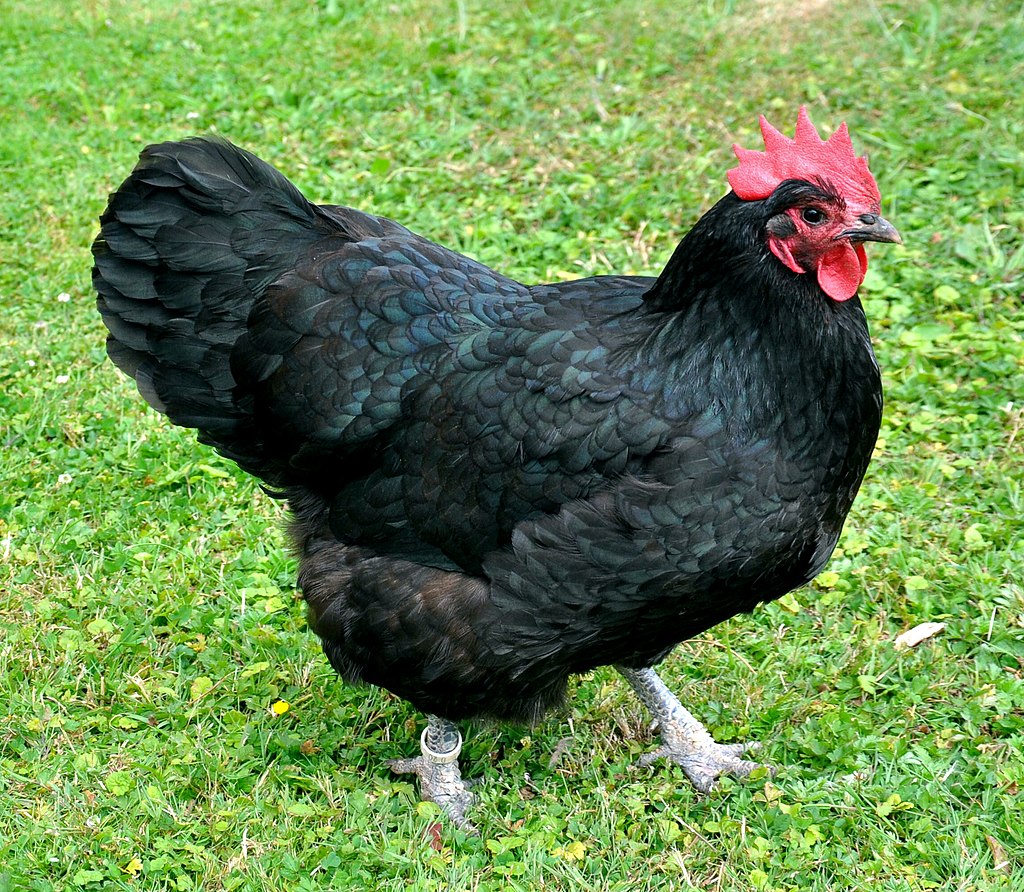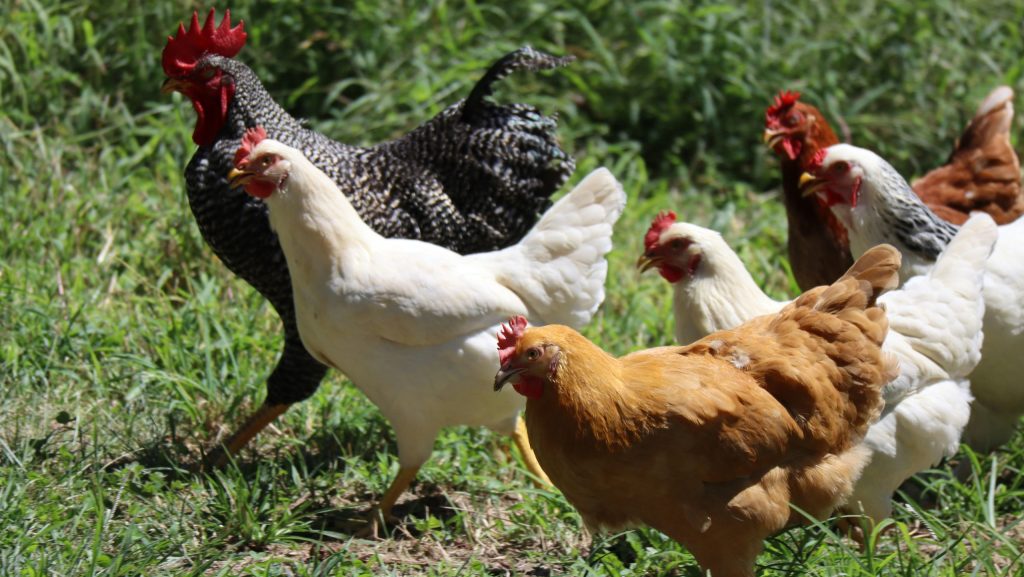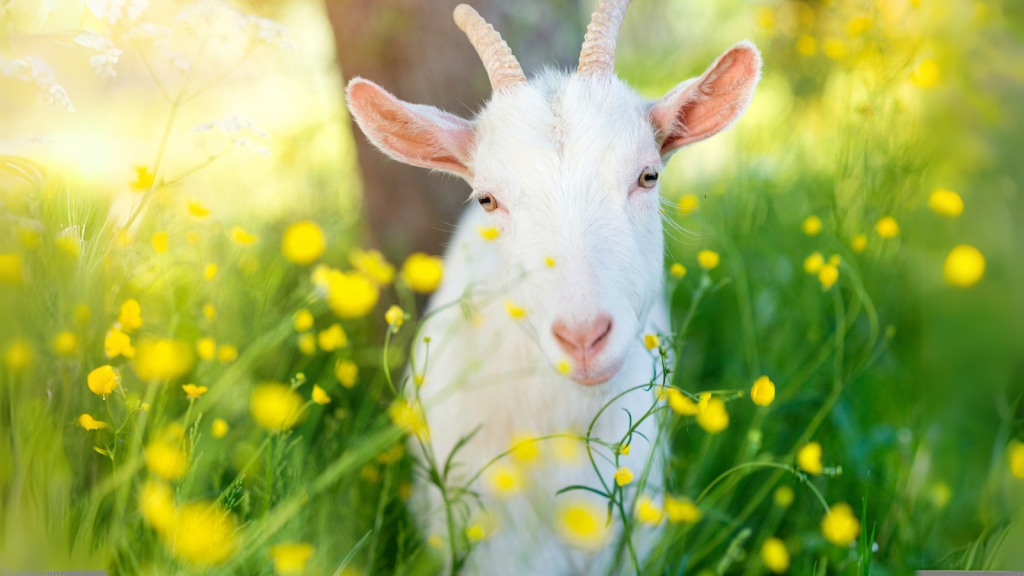We’ve been raising chickens on our homestead for over a decade now, and they’ve become one of the most versatile and productive elements in our permaculture system. Our first attempt at keeping chickens was pretty standard – a coop, a run, and store-bought feed. But as we developed our permaculture practices, we realized chickens could be so much more than just egg producers. They could be integral workers in maintaining and building our soil fertility.
Our property sits on a south-facing slope with sandy soil that drains too quickly in some areas and clay pockets that get waterlogged in others. Before integrating chickens, we struggled with maintaining soil health across these varied conditions. Despite adding compost and mulch, our garden beds needed constant attention, and pests were a persistent problem.
Chickens need protection from predators, access to forage, and shelter from harsh weather. But in a well-designed permaculture system, they give back much more than they take, turning kitchen scraps and garden waste into valuable fertilizer while reducing pest pressure and helping with land management tasks.
Choosing the Right Chicken Breeds for Permaculture

Not all chicken breeds are created equal when it comes to permaculture systems. In our experience, dual-purpose heritage breeds offer the best combination of egg production, foraging ability, and hardiness for sustainable homesteading.
When we first started, we chose Rhode Island Reds because they were widely available and known as good layers. While they certainly produced eggs consistently, we found they weren’t the most enthusiastic foragers. After several years of experimentation, we’ve settled on a mix of breeds that serve different functions in our system.
Australorps have become our favorites for their excellent egg production (about 250-300 brown eggs per year) combined with superior foraging skills. They actively seek out insects and plants throughout our property and seem to instinctively understand their role in the system. Their calm temperament also makes them easy to work around when we’re tending nearby garden beds.
For areas with more brush and woody perennials, we’ve had success with Buckeyes. These birds are slightly larger and more cold-hardy than many other breeds, with a natural instinct to forage in woodland edges. They’re particularly good at scratching through leaf litter and mulch, uncovering insects and aerating the soil in our food forest areas.
In our climate (Zone 5), we’ve found that both breeds handle our cold winters well without supplemental heat, though we do make sure their coop is well-ventilated while being protected from drafts.
Some breeds that work well in permaculture systems include:
- Australorps (Excellent foragers with high egg production)
- Buckeyes (Cold-hardy woodland foragers)
- Plymouth Rocks (Adaptable dual-purpose birds)
- Wyandottes (Beautiful, friendly, and good in diverse systems)
- Sussex (Excellent kitchen scrap converters)
Commercial production breeds like Leghorns typically don’t forage as actively and may require more supplemental feed, making them less suited for self-sustaining permaculture systems. However, if egg production is your primary goal, you might consider incorporating a few alongside your heritage breeds.
Creating Chicken-Centered Permaculture Designs

The most productive approach we’ve found is designing systems where chickens can perform multiple functions simultaneously. Rather than seeing them as just one element in your permaculture plan, think of them as mobile workers that can be strategically deployed throughout your property.
The Mobile Chicken Tractor
Four years ago, we built our first chicken tractor – a lightweight, movable coop and run combination. Ours is 8 feet by 4 feet, housing 6-8 birds comfortably. We move it every 2-3 days across our garden beds during the off-season, letting the chickens scratch up weeds, eat pests and their eggs, and deposit manure directly where it’s needed.
Our chicken tractor has been particularly effective for preparing new garden beds. Instead of the backbreaking work of breaking sod and amending soil, we place the tractor over the future bed location for 2-3 weeks. The chickens remove vegetation, scratch up the top layer of soil, and fertilize the area.
When building a chicken tractor, keep weight in mind. Our first version was too heavy and awkward to move easily, which meant we moved it less frequently than was optimal. We rebuilt using lightweight cattle panels covered with poultry netting for the run portion, with a small wooden roosting area at one end. The entire structure now weighs about 80 pounds – manageable for one person to slide across the ground, though two people make the job easier.
Rotational Grazing with Paddock Systems
As our property expanded, we implemented a paddock rotation system that allows our chickens more space while protecting our growing areas. We divided the area around our main garden into four paddocks of roughly 1,000 square feet each, using temporary electric netting that can be reconfigured as needed.
The chickens spend approximately one week in each paddock before moving to the next, giving each area three weeks of rest before the birds return. This prevents overgrazing, allows plant life to recover, and breaks pest cycles. During spring and summer, these paddocks provide about 70% of our flock’s feed through forage alone.
The key to making this system work is maintaining the right stocking density. We’ve found that 10-12 birds per 1,000 square feet works well for our conditions. With too many birds, the paddocks get stripped bare and don’t recover during the rest period; too few, and weeds can get ahead of the chickens’ ability to manage them.
Chickens in Food Forests and Orchards
Perhaps our most successful integration has been incorporating chickens into our young food forest. The 1/4-acre area contains fruit and nut trees (apple, pear, hazelnut), berry bushes, and perennial vegetables, all at different heights creating a forest-like structure.
We allow a rotating flock of 8 chickens access to this area during fall and winter. They clean up fallen fruit (reducing pest overwinter populations), scratch through mulch (helping it break down faster), and deposit fertility throughout the system. Their scratching also helps incorporate fallen leaves, accelerating the creation of rich topsoil.
Since many perennials in the food forest could be damaged by overzealous chickens, we use “chicken moats” – protective rings of wire mesh – around younger plants until they’re established. For very sensitive plants or during critical growing periods, we exclude the chickens entirely.
What’s remarkable is how the food forest itself provides for the chickens. The taller trees create sheltered areas and protection from hawks, while lower shrubs offer bugs and occasional berries. The birds instinctively dust bathe under the larger trees, helping themselves while aerating the soil around tree roots.
Feeding Chickens in a Permaculture System
One of the biggest advantages of integrating chickens into our permaculture setup has been the drastic reduction in purchased feed. When we kept chickens in a conventional setup, we went through 50-pound bags of organic feed every few weeks. Now, during the growing season (April through October), our birds get nearly all their nutrition from foraging, kitchen scraps, and surplus garden produce.
Growing Chicken Feed
We’ve dedicated several areas to growing specific crops for our chickens. Some of our most successful chicken-specific plantings include:
- Sunflowers (Seeds provide fat and protein in fall/winter)
- Amaranth (Both leaves and seeds are devoured)
- Field peas (Excellent protein source)
- Comfrey (Perennial that provides nutrients and medicinal benefits)
- Jerusalem artichokes (Birds eat the tubers and insects they attract)
In one section, we broadcast a “chicken salad mix” of clover, chicory, dandelion, plantain, and other hardy greens. These plants regrow quickly after foraging and provide diverse nutrients. The chickens harvest these themselves during paddock rotations.
The most productive chicken feed garden has been our “three sisters” planting of corn, beans, and squash specifically grown for the flock. The corn provides carbohydrates, beans offer protein, and squash yields both seeds (high in fat and minerals) and abundant biomass. We harvest and store these crops, feeding them throughout winter when forage is limited.
Insect Production Systems
Two years ago, we added purpose-built insect production to our chicken feeding strategy. Our primary system is a Black Soldier Fly Larvae (BSFL) bin that converts kitchen scraps into protein-rich larvae. During summer months, this 3’×3′ bin produces about 1-2 pounds of larvae weekly, providing a significant portion of our chickens’ protein needs.
The BSFL bin consists of stacked 5-gallon buckets with holes drilled in the bottom. Food scraps go into the top bucket, the larvae process them, and when mature, they self-harvest by crawling out through a tube that deposits them directly into a collection container. We feed these to the chickens fresh, creating what amounts to a feeding frenzy every time.
We’ve also inadvertently created favorable conditions for earthworms throughout our property. The chickens have become adept at finding these high-protein treats themselves, particularly after rain when worms come closer to the surface.
Managing Chicken Manure in Permaculture
Chicken manure is one of the most nitrogen-rich manures available, but it needs proper handling to avoid burning plants and to maximize its benefits. In our system, we manage it several ways depending on where the chickens are working.
Deep Litter Method
In our permanent coop, we use the deep litter method – a thick layer of carbon material (wood shavings, dried leaves, or straw) that the chickens mix with their droppings. We add fresh carbon material whenever the litter becomes compacted or develops an ammonia smell.
Over 6-12 months, this creates incredible compost right in the coop. Each spring, we remove most of the deep litter (leaving a starter layer) and add it to our composting system. This aged material is safe to use throughout the garden after a few additional weeks of composting.
The deep litter also provides supplemental heat during winter through microbial activity, reducing the energy needs of our coop.
Direct Application through Chicken Tractors and Paddocks
When chickens deposit manure directly on our garden beds or paddocks, we manage it by timing. Garden beds that receive chicken tractor treatment in fall are ready for planting by spring without additional processing. Areas that get chicken manure closer to planting time get a cover of mulch and are used for heavy-feeding crops that benefit from the nitrogen boost.
In our paddock system, the rotation schedule prevents manure from accumulating to problematic levels. The rest period allows microorganisms in the soil to begin breaking down the manure before the chickens return.
Compost Activation
Perhaps the most valuable use of our chickens in managing fertility has been their role in compost activation. We’ve built our main compost bins adjacent to one of the chicken paddocks with a small access door. For a few hours each week, we allow the chickens into the compost area where they enthusiastically scratch through the pile, accelerating decomposition while finding insects and seeds to eat.
This involvement of the chickens speeds up our composting process dramatically – we now produce finished compost in about half the time it took before incorporating the chickens. The birds also benefit from the additional food sources they discover in the compost.
Integrating Chickens with Other Permaculture Elements
The true power of permaculture comes from creating beneficial connections between different elements, and chickens connect well with nearly everything else in our system.
Chickens and Water Systems
We’ve positioned our chicken areas to make use of water flows across our property. Their paddocks are slightly downslope from our main gardens, allowing nutrients from their manure to slowly make their way (during heavy rains) to our fruit trees and berry bushes.
We’ve also integrated the coop roof into our rainwater collection system. The runoff goes into a small pond that serves as both a water source for wildlife and emergency irrigation. The nutrient-rich water from this pond (containing some diluted chicken manure from the coop area) is occasionally pumped to fertilize heavy-feeding crops.
Chickens and Perennial Systems
Our food forest benefits enormously from seasonal chicken presence. In addition to the pest management and fertility benefits mentioned earlier, the chickens create small soil disturbances that allow self-seeding plants to establish. We’ve noticed increased biodiversity in areas that receive chicken impact compared to excluded areas.
One unexpected benefit has been the chickens’ role in seed distribution. We’ve discovered mulberry, elderberry, and other beneficial plants sprouting in chicken-frequented areas – seeds that birds had eaten and deposited elsewhere on the property.
Chickens for Fire Risk Management
Living in an area with seasonal fire risk, we’ve put our chickens to work reducing fuel load in strategic areas. During the growing season, targeted grazing in our paddock system keeps grass short around structures. The scratching behavior also creates small firebreaks by exposing bare soil in patches, which can slow the spread of ground fires.
Common Challenges with Chickens in Permaculture
While chickens have been transformative for our permaculture system, we’ve certainly faced challenges along the way. Here are some issues we’ve encountered and how we’ve addressed them:
Overgrazing and Soil Damage
Problem: In our early attempts at integration, we left chickens in one area too long, resulting in completely bare soil vulnerable to erosion.
Solution: We implemented stricter rotation schedules and learned to observe impact more carefully, moving chickens before damage becomes severe. We also increased the carbon materials (wood chips, straw) in heavily used areas to absorb manure and protect soil.
Predator Management
Problem: Our increased chicken activity attracted more predators, including foxes and hawks.
Solution: We upgraded to premier electric netting for our paddock system (the 42″ height with closer bottom spacing) and added partial roof panels to chicken tractors for aerial protection. We’ve also integrated guardian dogs into our system, which patrol the property perimeter.
Damage to Desired Plants
Problem: Chickens destroyed several valuable perennials through scratching and dust bathing activities.
Solution: We created more intentional dust bathing areas filled with sand, wood ash, and diatomaceous earth. These designated areas draw the chickens away from plants while providing necessary health benefits. For vulnerable plants, we use temporary fencing or plant guards until they’re established.
Winter Management
Problem: In our cold climate, winter presented challenges for maintaining chicken activity and productivity.
Solution: We’ve created a winter paddock system closer to the main coop with strategically placed brush piles, log layers, and covered areas that provide continued foraging opportunities even in snow. We also grow fodder sprouts indoors during the coldest months to supplement feed and maintain egg production.
Final Thoughts on Chicken Integration

After years of developing this system, we can’t imagine our homestead without chickens as integral workers. They’ve reduced our labor in many areas – from soil preparation to compost management – while improving overall farm fertility and producing nutritious eggs.
The key to success has been viewing chickens not as single-purpose livestock but as multifunctional allies in building a resilient system. By continuously observing how they interact with other elements and adjusting our management accordingly, we’ve created synergies that benefit the entire property.
For those just beginning to integrate chickens into a permaculture system, start small. A simple chicken tractor with just a few birds can demonstrate their impact while you learn their behaviors and needs. As you gain confidence, expand their role in your system, always keeping the permaculture principles of observation and multiple functions in mind.
(Remember that local regulations may govern how and where you can keep chickens, particularly in urban or suburban areas. Check with your municipality before establishing your flock.)
Our journey with permaculture chickens continues to evolve each season as we learn more about how these remarkable birds can function as partners in creating abundance and sustainability.
James is a former logistics coordinator and wilderness safety instructor, whose practical experience taught him the value of sensible preparedness and calm resilience. Passionate about self-reliance, James teaches everyday skills—like water purification, emergency communication, and outdoor safety—to help people confidently handle life's disruptions without fear or overwhelm. His approachable style combines real-world insights with relatable, personal stories and experiences.



